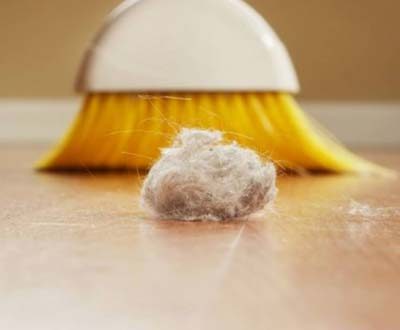
Identifying and fixing the unintentional-and very real-threats to your brand
By Debra Wiggs, FACMPE V2V Founder & Transformationist
The lament is real. Here you are, wondering, WHY! You’ve spent years-requiring not just a small amount of intestinal fortitude-to earn your degree, train through your residency, strengthen your credentials by staying abreast of the latest developments in your specialty, and to later found and build your health care business. After all of these investments, why are you seeing comments on social media or patient feedback surveys that question the quality of your care?
Some of you, after seeing these results, are prone to throwing your hands up in the air. Others of you will adamantly say you don’t care a bit about these survey results or public comments. Either response fails to seriously consider the valuable feedback gained through lackluster patient grades.
Everyone has some perception of what a makes up a quality experience. In contrast, most people just don’t understand what is required to earn the right to display your diplomas on the wall. They just can’t truly comprehend or qualify the competency of your care because most people have few reference points for what it took or means to have those diplomas. Each of us can only measure competence by our own common frame of reference, not by the framed certificate on the wall.
Think back to your earliest memories of being told to clean-your-room and tidy up your space. What did clean and tidy represent, back then? Fast forward to today. You may, in fact, have the cleanest office in the building, but is the paint is peeling? Do your tools, like the blood pressure cuff, stay in place? Are there rips in chairs or the exam tables? If so, then your patients will draw on their own experiences and probably feel that other aspects of your care is lacking. When was the last time you walked through the clinic or your facility with the patient’s point of view in mind? Do you have a plan to refresh your clinic or facility, every five to seven years, because of wear and tear? The materials in your surroundings must reflect a specific level of cleanliness & safety. These directly impact your patient’s perception of the quality of your care, regardless of your reputation.
See your clinic from a new perspective: The Banker’s Box Exercise
So, what do you do about it? What you measure is what you move. So, armed with this philosophy, my drill has been that twice-a-year, you go through the office and clear out the place. Do you check your magazine dates on a monthly basis? Do you clean out the corners, where walls meet, at least once-a-quarter? Do you ensure that art on the walls have been wiped, arranged, and fresh? If not, this should become part of the routine of your practice.
Twice a year, invest into a “spring” cleaning, though it doesn’t matter the season. To do that, you have everyone pack up their personal effects at their desk into a banker’s box that no one can touch. Then you become work-station agnostic, rotating to sit at a new workstation, armed with a checklist of things to look for: This includes outdated materials, broken equipment and excess supplies.
Frequently, as part of this process, you find things that have been tucked away and then promptly forgotten. At one critical access hospital, for example, this exercise resulted in discovery of a “supplies” closet filled with items with items whose expiration dates were dangerously close and, more importantly, would have triggered a serious violation had it been discovered by DOH, or The Joint Commission.
Beyond perception, there is a monetary value to this exercise. The savings can be calculated in real dollars, in terms of inventory management, preventive maintenance, and the cost of new patient acquisition when current patients leave your practice. Be your own best advocate, and take time to check for the dust bunnies under the exam tables.


